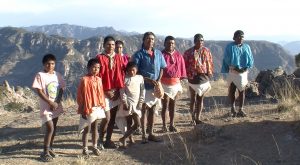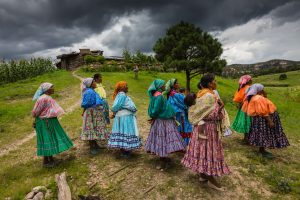After Hurricane Irma, we have seen a lot of spot light on many Caribbean islands. While media unfolds on Puerto Rico and its government officials we forget to see how the communist society of Cuba are doing and how has Irma affected them. On one hand we can blame Irma for a lot of destruction on Cuba’s cost line but was Irma the only key player?
Spotlight of the article starts with a mangled bus and two dead victims. Not the cause of another revolution attack but cement pieces falling from a nearby building due the brunt of Irma. There has been reported 10 deaths due to Irma, 5 resulting in building collapses. Cuban officials say that Irma has weakened thousands of structures, and expect many more collapses within these buildings. In Havana alone 175 homes were destroyed and over 4,000 were weakened. These aren’t just regular homes and apartments we see in the U.S. Architect Yoandy Fiallo states “The combination of water and sun creates structure problems”. In Cuba, old structures and building collapses are a normal thing. Many victims who live or used to live in these types of buildings ask the government for relocation and are scared to sleep in their own homes that might collapse on top of them.
Why is it so hard for the government to keep up with renovations of these buildings? You must look back at Cuba’s history. Cuba has been in an economic crisis since the fall of the Soviet Union and economic sanctions from the U.S. CNN states “The Cuban government maintains the exclusive right to import items to the island and at state-run hardware stores many building materials are overpriced, shoddy or simply nonexistent.” Citizens blame government for the collapse of their housing rather than Irma “It’s painful because it could have been avoided if the authorities had taken measures,”.
Many towns are still awaiting help from the Cuban government. While the government responds back to telling people to go to shelters it leaves citizens in limbo to when they will receive housing and relocation. The Cuban government is focusing its relief efforts to more major tourist attraction towns to prepare for vacation time which bring in income for the Cuban people and government.
This article has key themes that we talk about in class like how is a government structures its society. It helps us think in a different mindset then the one we are used to due to political influences on the island. In the article, one can see that the citizens are the ones who impose there bias on its own government.
http://www.cnn.com/2017/09/14/americas/cuba-hurricane-irma-collapsed-buildings/index.html






